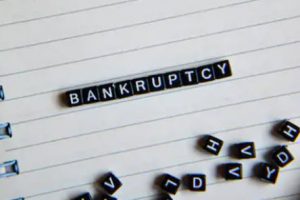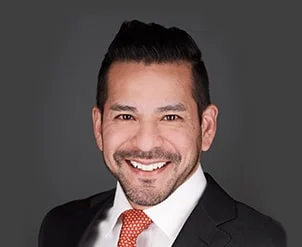Three Quick Post-Bankruptcy Success Stories

Monopoly is a fun game, but it teaches some very bad lessons about bankruptcy. When players declare bankruptcy, they lose all their property. They must also quit the game permanently. Unfortunately, many people think that’s how bankruptcy works in the real world.
That’s not true. Indiana law shields most assets from creditor seizure, even if the debtor is seriously behind on the payments. Additionally, bankruptcy gives people the opportunity to get back in the game. The five people listed below are just a few examples.
To get the most out of your bankruptcy, it’s important to work with an experienced attorney. Only a lawyer can give you legal advice before, during, and after the bankruptcy. Also, only an attorney can stand up for you in court if necessary.
Dave Ramsey
One of the country’s most prominent personal finance gurus filed bankruptcy in 1988. The young Dave Ramsey made a fortune in real estate. But his assets were heavily leveraged, and when creditors called in their loans, he was unable to pay them.
Once he and his wife emerged from bankruptcy, they were determined to change their financial lives. Rather than try to reacquire real estate holdings, Ramsey began a financial counselling course at his local church. That dedication eventually led to much more financial success than he had enjoyed previously.
Your family might not have the same post-bankruptcy trajectory. But your family can make the most of its fresh start, like Ramsey did.
Abraham Lincoln
Most historians believe that Lincoln was the greatest President in American history, mostly due to his tenacity and his ability to overcome obstacles. These are skills which he probably acquired as a result of his earlier bankruptcy filing.
About twenty-five years before he was elected President in 1860, Lincoln and a partner opened a general store in Salem, Illinois. The store “winked out,” as Lincoln said later. When his partner died, Lincoln was solely liable for about $1,000 in debts (roughly $30,000 today). He filed bankruptcy as a way to protect his meager assets, which mainly consisted of surveyor’s tools.
The modern Bankruptcy Code did not exist in 1833, so Lincoln spent the next seventeen years paying off his debts. If he filed today, he would have to pay them down for a maximum of five years. Then, a judge would discharge the remainder.
Walt Disney
Disney opened his first animation studio in 1920, thanks to the support of a large financial backer. Unfortunately, that company went broke, leaving Disney unable to pay his debts. So, he filed bankruptcy. But he did not give up. He started another company, and in 1928, he came up with a character he named Mickey Mouse. Although there were still some bumps ahead, we all know how this story ends.
Disney’s bankruptcy is much like most of today’s consumer bankruptcies, in that Disney’s financial problems were not his fault. He had no control over his backer’s financial status, just like today’s bankruptcy debtors have no control over things like job losses and expensive illnesses. But that didn’t stop him from using bankruptcy to obtain a fresh start, and it shouldn’t stop you either.
Contact Dedicated Lawyers
Bankruptcy gives people like you the chance to start over. For a free consultation with an experienced Chicago bankruptcy attorney, contact the Bentz Holguin Law Firm, LLC. Convenient payment plans are available.


